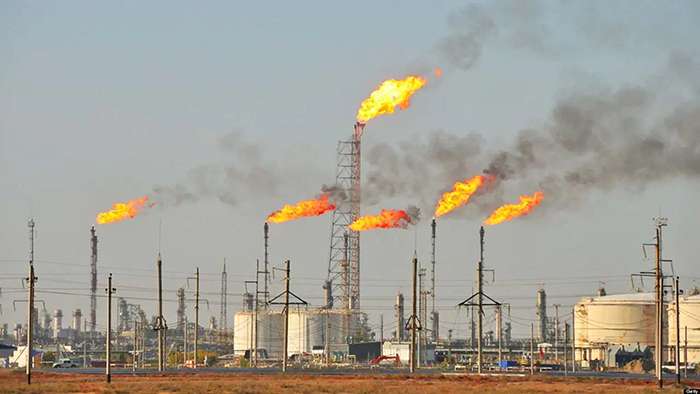This article discusses the implementation of gas flare commercialization scheme by the Nigerian Upstream Petroleum Regulatory Commission (NUPRC).
The Nigerian Upstream Petroleum Regulatory Commission (NUPRC) explained that the implementation of the Nigerian Gas Flare Commercialization Program (NGFCP) could generate a Gross Domestic Product (GDP) impact of over $1 billion.
In an explanatory note made available in Abuja, the Gbenga Komolafe-led organization, stated that the amount was arrived at after calculating the multiplier effect of the NGFCP on the country, including employment generation.
READ: GOVERNMENT TO CUT OIL AND GAS EMISSIONS BY 60%
Also, calculated, it said, is the planned creation of cottage industries and other economic activities around flaring communities, improved health and socio-economic well-being in producing areas as well as enhanced social license to operate.
Nigeria is one of the top seven gas-flaring countries, a recent World Bank report said, estimating that around 2 million people in the country live less than 4 km away from a flare site.
Last month, the commission announced that 42 indigenous oil and gas companies had emerged winners of 49 flare sites in the 2022 NGFCP bid process, the first of such in the history of hydrocarbon exploration and production in the country.
Also, last week, the commission and bid winners held an inaugural NGFCP post-award forum where the need to preserve and protect the environment, prevent waste of premium natural resources, promote decarbonization of the upstream operations, support Nigeria’s energy transition imperatives and the attainment of climate change goals were discussed.
In the update, the NUPRC noted that through the awarded 49 flare sites, Nigeria will curb 250-300 MMscfd, that is about 40 per cent of its total national flare, representing about 6 million metric tons of carbon dioxide emissions annually.
Similarly, additional sources of revenue to the government, it said, are expected from taxes collected from new ventures created and modest revenues from the fees charged during the auction process.
“It is however anticipated that the commission will generate between $70 million to $100 million per annum from sales of flare gas in addition to tax revenues.
“More important though is the aggregate value to the economy that the program affords. Think of the multiplier effect of the NGFCP, including employment generation – direct and indirect, creation of the cottage industry and other economic activities around flaring communities.
“(These also include) improved health and social economic well-being in producing areas, enhanced social license to operate, amongst others. When considered holistically, the total GDP impact of implementing the NGFCP could be well over $1 billion,” it stated.
Against the backdrop, the commission said that in keeping with its mandate under the PIA and in recognition of its pivotal role in stimulating the national economy, it is committed to the successful implementation of the program with the support of all relevant stakeholders.
In addition, the NUPRC said it continues to administer its regulatory mandate with respect to ongoing flare projects outside the NGFCP and ensure successful completion for similar attendant benefits.
In the next steps, the commission said it will sustain the tempo of implementation of the program and leverage the commitment of the majority of stakeholders, who recognize the overall value of the program to support the sustainability of the industry.
“In view of the foregoing, the commission is taking necessary actions to protect the integrity of the NGFCP and is taking deliberate action to ward off encumbrances capable of adversely affecting the program and the country ‘s reputation in the global arena,” it added.

